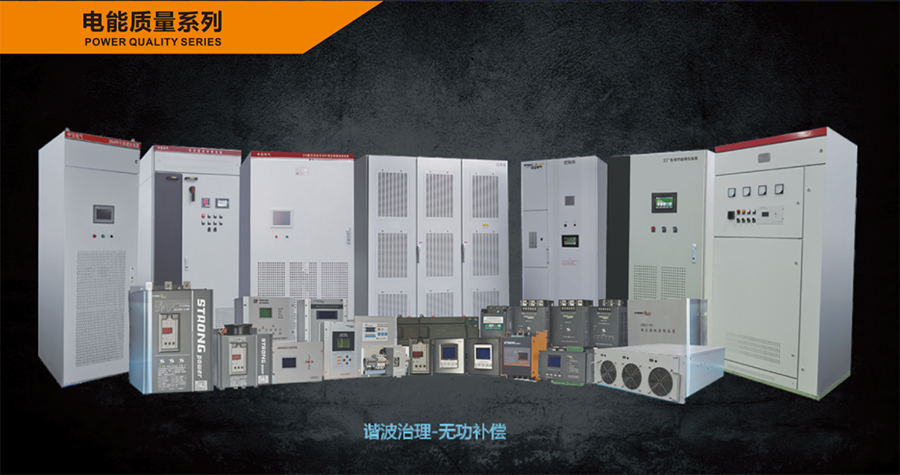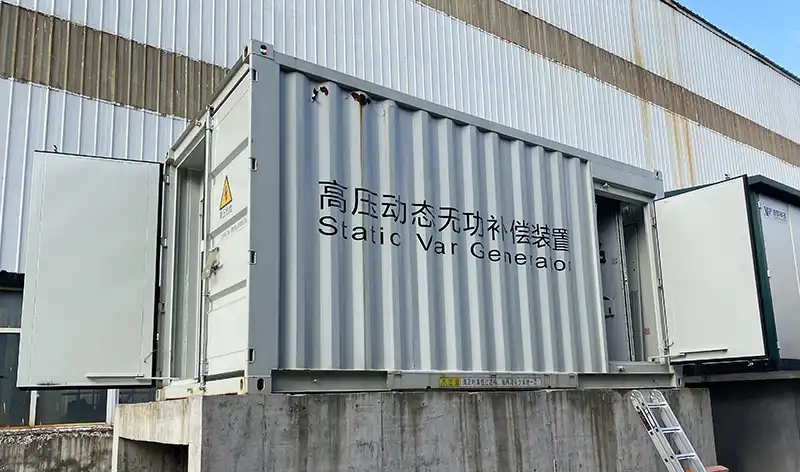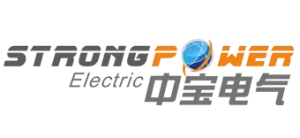Reactive power compensation is a technique that enhances power factor, stabilizes voltage, minimizes line losses, and improves power quality by using reactive power compensation equipment to balance inductive or capacitive reactive power.
Reactive power compensation product type
Reactive power compensation equipment can be categorized into two main types “static” and “dynamic” based on their operating principles, response speeds, and application scenarios.

Various compensation methods yield distinct compensation effects. For a customized reactive power compensation solution, please contact our team.
Reactive power compensation applications
Reactive power compensation is essential across industries to enhance power quality and optimize energy efficiency. In industrial applications, capacitor banks with reactors provide static compensation for inductive loads (e.g., motors and variable-frequency drives) while suppressing harmonics. Power grids employ SVG (Static Var Generator) or capacitor banks at substations and transmission lines to stabilize voltage and reduce losses.
In renewable energy (wind and solar), SVG enables fast dynamic compensation, ensuring compliance with low-voltage ride-through requirements. For rail electrification, TCR+TSC or SVG systems balance negative-sequence currents from traction loads. Meanwhile, commercial buildings use automated capacitor switching to compensate for reactive power fluctuations in HVAC and elevator systems.

In power transmission systems, reactive power compensation devices—such as synchronous condensers, static VAR compensators (SVCs), and static synchronous compensators (STATCOMs)—dynamically regulate reactive power to enhance operational efficiency. By compensating for inductive or capacitive reactive power, these devices balance grid and load demands, stabilize voltage fluctuations, and improve power factor. This optimization reduces line losses, increases transmission capacity, and strengthens system stability, proving particularly critical in long-distance power transmission and grids with high renewable energy penetration.
Beyond improving power factor (typically to >0.9), reactive compensation reduces line losses (5–20%), avoids utility penalties, and extends equipment lifespan—making it a crucial technology for efficient and economical grid operation.
In solar power plants, reactive power compensation devices (such as SVG or SVC) play a vital role. While photovoltaic inverters offer limited reactive power support, their active power output varies with sunlight intensity, potentially leading to grid voltage fluctuations and reduced power factor. Dynamic reactive power compensation systems enable real-time adjustment of capacitive or inductive reactive power, stabilizing the grid connection point voltage, enhancing power quality, and ensuring compliance with grid power factor standards (e.g., ≥0.95). Moreover, during periods of low sunlight or at night, these devices can fully compensate for reactive power, reducing line losses, improving grid efficiency, and mitigating the effects of intermittent power generation. As such, they represent a critical technology for grid integration in photovoltaic power stations.
Properly configuring reactive power compensation products can greatly enhance grid economy, reliability, and power quality.



